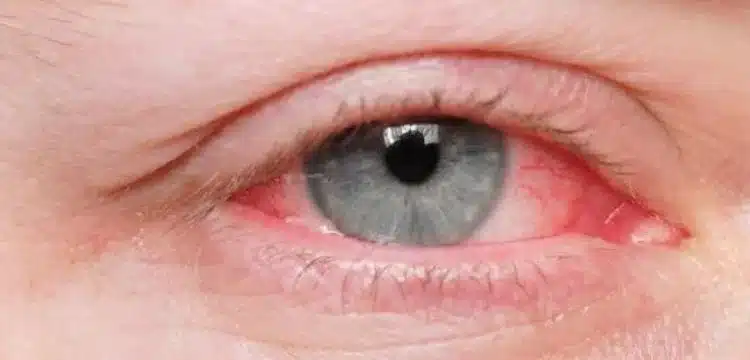[vc_row][vc_column][vc_column_text dp_text_size=”size-4″]In the past 24 hours (Saturday), Punjab has reported more than 10,000 new cases of conjunctivitis, commonly known as pink eye, raising concerns among medical experts about a potential increase in contagious diseases in the coming days.
Data from the provincial health department indicates that conjunctivitis, causing eye inflammation, is rapidly spreading throughout Punjab, the country’s most densely populated region. The region reported at least 10,269 cases, with Bahawalpur being the most affected area, recording over 1,500 cases in a single day. Faisalabad reported 1,132 cases, Multan reported 1,048, and Lahore reported 452 cases.
Read more : Lahore Faces Alarming Surge in Contagious ‘Pink Eye’ Cases
So far, a total of 94,795 individuals have been infected with this eye infection. The health department has instructed eye surgeons to remain vigilant around the clock until the spread of the disease is controlled.
Earlier in the week, the government took measures to curb the spread by temporarily closing all state-run and private schools in Punjab for four days. People of all age groups have been affected, with schoolchildren experiencing eye infections. Reports indicate that school administrations are allowing students to stay home if they contract the disease.
To prevent the spread of pink eye, infected individuals are advised to use prescribed eye drops and cleanse their eyes with tissues. Applying cold water to infected eyes can provide some relief from discomfort. However, stringent precautionary measures are essential.
Doctors recommend maintaining strict cleanliness standards, including separating personal belongings such as towels and toiletries. Contrary to popular belief, the virus does not spread through simple eye contact but rather through direct contact with an infected person’s ocular secretions. It’s worth noting that red eyes often coincide with cold, flu, and cough symptoms.
Medical professionals also provide important guidance on reducing the risk of transmission in homes and workplaces. Practicing good personal hygiene, avoiding the use of shared items, proper hand washing before using eye drops, and careful application are crucial steps to lower the risk of virus transmission.[/vc_column_text][/vc_column][/vc_row]











